Introduction
In the vast realm of dried fruits, few stand out as uniquely as dried starfruit, or dried carambola. This exotic fruit, native to tropical regions, boasts a distinctive five-pointed star shape when sliced crosswise and a tangy-sweet flavor that captivates the palate. Transforming fresh starfruit into a delightful dried snack is not merely a preservation technique but an art form that enhances its natural flavors and creates a versatile ingredient for various culinary delights. This guide embarks on a culinary journey, exploring the intricacies of how to make dried starfruit that is not only delicious but also preserves the essence of this remarkable fruit.
Understanding Starfruit: A Brief Botanical Insight
Before diving into the process, it’s crucial to understand the basics of starfruit, scientifically known as Averrhoa carambola. This tree, belonging to the Oxalidaceae family, thrives in warm, moist climates and produces fruits that range from green to yellow when ripe. The skin is smooth and waxy, while the flesh is juicy, slightly acidic, and can be either sweet or sour depending on the variety and ripeness. Starfruit’s unique shape and flavor profile make it an ideal candidate for drying, as the concentration of sugars and acids during the dehydration process amplifies its taste.
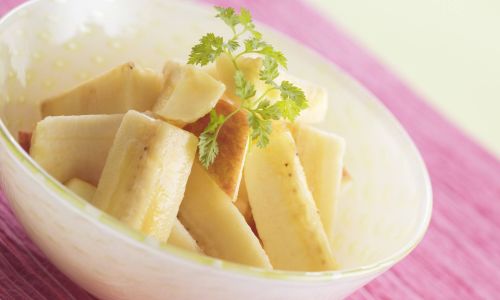
Selecting the Perfect Starfruit
The first step in crafting delicious dried starfruit is selecting the right fruits. Here are some key criteria to consider:
-
Ripeness: Opt for fully ripe starfruits that are uniformly yellow. While green starfruits are edible, they tend to be more sour and may not yield the desired sweetness in the dried form.
-
Firmness: Choose fruits that are firm to the touch, indicating they are fresh and have not started to soften or rot.
-
Size and Shape: While size isn’t a strict criterion, larger starfruits generally offer more flesh per fruit, making them more efficient for drying. A well-formed star shape is aesthetically pleasing but not essential for taste.
-
Absence of Blemishes: Look for fruits free from bruises, cracks, or pest infestations. These imperfections can affect both the drying process and the final quality of the dried product.
Preparing Starfruit for Drying
Once you’ve selected your starfruits, it’s time to prepare them for the drying process. Here’s a step-by-step guide:
-
Washing: Thoroughly wash the starfruits under running water to remove any dirt, pesticides, or other contaminants. Pat them dry using a clean kitchen towel or let them air-dry.
-
Slicing: Cut the starfruits into thin, even slices. Aim for slices that are about 1/8 to 1/4 inch thick. This ensures consistent drying and enhances the final texture. You can also choose to core the fruits if you prefer, but this step is optional.
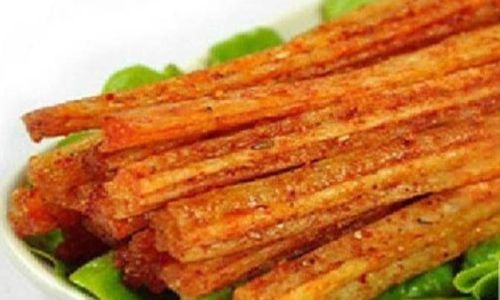
-
Treating to Preserve Color: To maintain the vibrant yellow hue of the dried starfruit, you can treat the slices with a solution of ascorbic acid (vitamin C) or lemon juice. This helps prevent browning caused by oxidation. Soak the slices in a diluted solution (one part ascorbic acid or lemon juice to ten parts water) for about 5-10 minutes, then rinse and pat dry.
Drying Methods: Traditional vs. Modern
There are several methods to dry starfruit, each offering its own set of advantages and disadvantages. The choice often depends on the equipment available, the desired texture, and personal preference.
Sun-Drying
Sun-drying is the oldest and most traditional method. It requires minimal equipment but can be unpredictable due to weather variations.
- Procedure: Lay the prepared starfruit slices on clean, mesh drying trays or directly on a clean, flat surface exposed to direct sunlight. Ensure they are not overcrowded to allow for even drying.
- Duration: This can take anywhere from 2 to 5 days, depending on the intensity of the sunlight and humidity levels.
- Considerations: Sun-dried starfruit may develop a slightly different flavor profile due to exposure to natural elements. It’s important to monitor the slices regularly to prevent them from becoming too brittle or moldy.
Oven-Drying
Oven-drying offers more control over the drying process and can be completed in a shorter timeframe.
- Procedure: Preheat your oven to its lowest setting, typically around 150°F (65°C). Arrange the starfruit slices on baking sheets in a single layer.
- Duration: Oven-drying usually takes 4-8 hours, depending on the oven’s efficiency and the thickness of the slices.
- Considerations: Use the oven’s convection setting if available, as it promotes more even drying. Prop the oven door slightly open with a wooden spoon to allow moisture to escape while preventing the oven from overheating.
Dehydrator
A food dehydrator is the most efficient and consistent method for drying starfruit.
- Procedure: Follow the manufacturer’s instructions for setting the temperature, typically around 135°F (57°C). Arrange the slices on the dehydrator trays in a single layer.
- Duration: Dehydrating usually takes 6-12 hours, depending on the model and the thickness of the slices.
- Considerations: Dehydrators offer temperature and timer settings, allowing for precise control over the drying process. They also come with stackable trays, making it easy to dry large batches simultaneously.
Finishing Touches: Enhancing Flavor and Texture
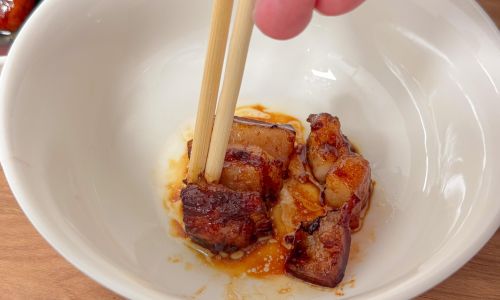
Once the starfruit slices are fully dried, they can be enjoyed as is, but a few finishing touches can elevate their flavor and texture.
-
Light Toasting: Lightly toast the dried slices in a preheated oven at 250°F (120°C) for 5-10 minutes to enhance their aroma and bring out a deeper caramelized flavor. Keep a close eye to prevent burning.
-
Coating: For an added layer of flavor and texture, coat the dried slices with a thin layer of honey, maple syrup, or a sprinkle of sugar before toasting. This creates a slightly sticky, sweet outer layer that contrasts beautifully with the tangy fruit.
-
Seasoning: Experiment with various spices and herbs such as cinnamon, nutmeg, or a touch of sea salt to add complexity to the flavor profile.
Storage and Usage
Properly stored, dried starfruit can last for several months in an airtight container placed in a cool, dark place. For longer-term storage, consider vacuum sealing or storing in an airtight container with a desiccant packet to absorb any residual moisture.
Dried starfruit is incredibly versatile and can be enjoyed in numerous ways:
- Snacking: Enjoy them as a healthy, tangy-sweet snack on their own.
- Baking: Incorporate them into cookies, cakes, or granola for a unique twist.
- Beverages: Use them to infuse water, tea, or cocktails with their distinctive flavor.
- Salads and Yogurt Parfaits: Add a crunchy, tangy element to salads or layer them with yogurt and fresh fruit for a nutritious breakfast.
Conclusion
Crafting delicious dried starfruit is a rewarding culinary endeavor that transforms a tropical fruit into a versatile, long-lasting treat. By carefully selecting, preparing, and drying the fruits, and adding finishing touches to enhance their flavor and texture, you can create a delightful snack that is as visually appealing as it is tasty. Whether you opt for the traditional sun-drying method, the controlled environment of an oven, or the precision of a food dehydrator, the journey to delicious dried starfruit is a delightful exploration of flavors and textures. So, embark on this culinary adventure and savor the unique charm of dried starfruit in every bite.



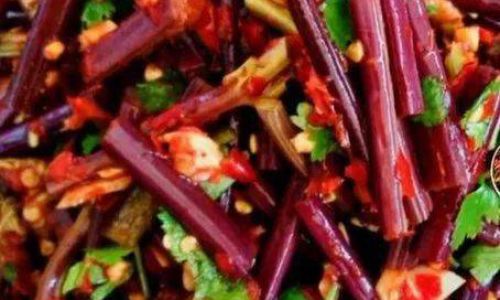
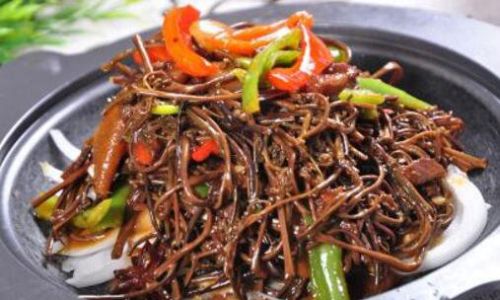
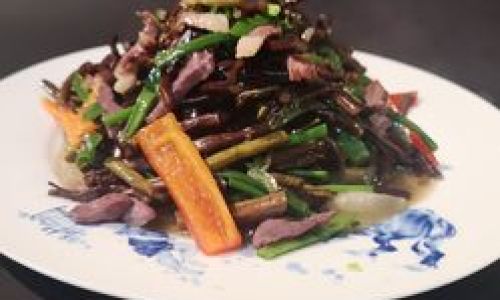
0 comments